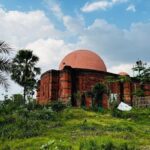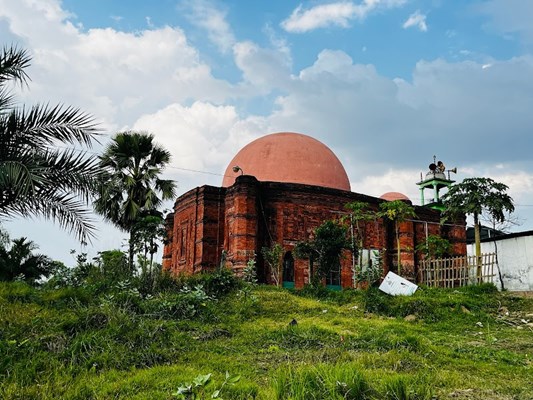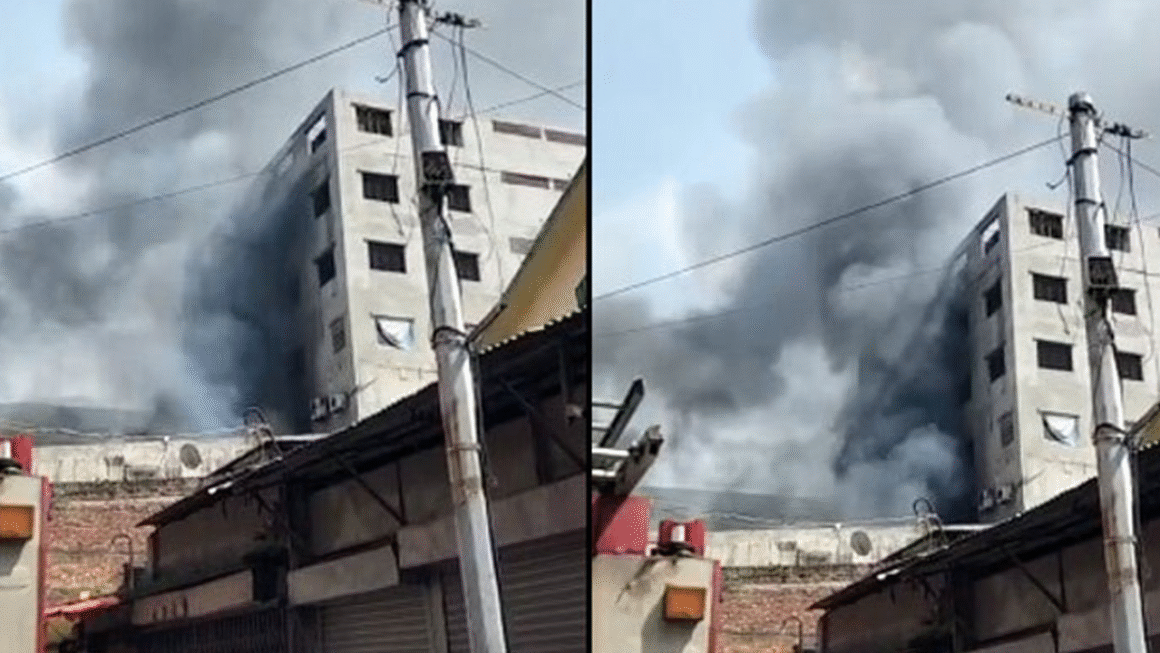 Habiganj District: A Land of Natural Beauty, Heritage, and Hospitality-
Habiganj District: A Land of Natural Beauty, Heritage, and Hospitality-
Habiganj District, located in the Sylhet Division of northeastern Bangladesh, is a place where natural beauty, historical richness, and cultural depth converge. Known for its lush tea gardens, forest reserves, and the world’s largest village — Baniachong — this district offers a unique experience for nature lovers, history enthusiasts, and curious travelers.
Introduction to Habiganj District-
Habiganj became an official district in 1984. Before that, it was a sub-division of Sylhet. It covers an area of 2,636.58 square kilometers and is home to more than 2.3 million people. The district is bordered by Sunamganj to the north, Moulvibazar to the east, Brahmanbaria to the south, and Kishoreganj to the west.
History and Origin of the Name-
The name “Habiganj” is believed to be derived from “Habibganj,” a market established by a local zamindar named Habib. Over time, the pronunciation evolved into “Habiganj.” During British rule, Habiganj was an important administrative and commercial center. Remnants of colonial architecture and old establishments still dot the landscape.
Top Tourist Attractions in Habiganj District-
Rema-Kalenga Reserve Forest
One of the largest natural forests in Bangladesh, Rema-Kalenga spans over 1,795 hectares and is located in Chunarughat Upazila. The forest is home to over 370 plant species, numerous mammals, reptiles, and rare birds. Nature trails and eco-tourism facilities make it a haven for trekkers and nature lovers.
Tea Gardens of Habiganj
Habiganj is one of the major tea-producing districts in the Sylhet region. Tea gardens like Lakhipur Tea Garden and Bahubal Tea Estate offer stunning landscapes, serene vibes, and a taste of local tea culture.
Baniachong Village – The World’s Largest Village
Baniachong is widely recognized as the largest village in the world. It boasts a rich historical and cultural heritage, with ancient mosques, palaces, and traditional homesteads. Walking through the narrow lanes of Baniachong feels like stepping back in time.
Madhabpur Lake
This tranquil lake in Chunarughat Upazila is surrounded by hills and tea estates. It is a perfect picnic spot where you can enjoy the calmness of nature and even catch a glimpse of migratory birds during winter.
Rivers Surma and Kushiyara
These rivers enrich the soil and support agriculture and fishing in the region. Boat rides on these rivers offer a peaceful escape and scenic beauty, especially during the monsoon.
Culture and Traditions of Habiganj-
The people of Habiganj are known for their simplicity, warmth, and hospitality. Folk songs, village fairs, and traditional celebrations like Pahela Boishakh (Bengali New Year) and Eid festivals are vibrant expressions of local culture. Baul songs and Murshidi music still echo through village gatherings.
Economic Backbone: Agriculture and Industry-
The economy of Habiganj is primarily based on agriculture. Major crops include rice, sugarcane, potatoes, and tea. The district is also known for fish farming due to its many wetlands and rivers. In recent years, small-scale industries and eco-tourism have been gradually developing.
Education and Healthcare-
Habiganj has a growing educational infrastructure with institutions like Habiganj Government High School, Brindaban Government College, and Women’s Colleges across different upazilas. The healthcare system is anchored by Habiganj Sadar Hospital and various upazila health complexes, along with private clinics.
Transportation and Accessibility-
Habiganj is well connected to Dhaka and Sylhet by road and rail. Buses and trains run daily, with travel times ranging from 5 to 6 hours from the capital. Within the district, local transport such as rickshaws, CNG auto-rickshaws, and microbuses are commonly used.
Where to Stay: Hotels in Habiganj-
From budget guesthouses to mid-range hotels, Habiganj offers various accommodation options. In Chunarughat and Sadar Upazila, you’ll find places like Hotel Jamil, Hotel Sonar Bangla, and Tea Garden Rest Houses suitable for travelers.
Conclusion-
Habiganj District is an underrated treasure of Bangladesh, offering a perfect blend of nature, history, and culture. From the silence of Madhabpur Lake to the mystical paths of Rema-Kalenga Forest, from the buzz of Baniachong to the fragrance of tea leaves — the district invites you to explore a different side of Bangladesh.
FAQs about Habiganj District-
What is Habiganj District famous for?
Habiganj District is known for its tea gardens, Rema-Kalenga Reserve Forest, the world’s largest village Baniachong, and its serene natural beauty.
How can I reach Habiganj from Dhaka?
You can travel to Habiganj by road or train from Dhaka. Buses are available regularly, and the journey takes about 5–6 hours.
What is the best time to visit Habiganj?
The ideal time to visit is during the winter months (November to February) when the weather is pleasant, and outdoor exploration is enjoyable.
Can tourists visit Rema-Kalenga Forest?
Yes, tourists can visit Rema-Kalenga Forest with prior permission. The forest is safe and equipped for eco-tourism activities like trekking and bird-watching.
Why is Baniachong village unique?
Baniachong is considered the largest village in the world and features historical mosques, palatial houses, and a culturally rich environment.












